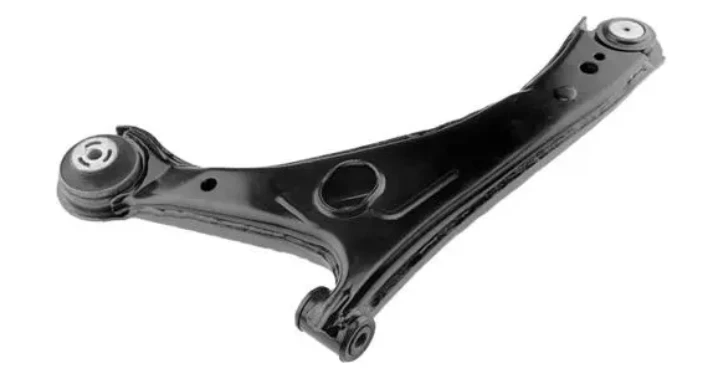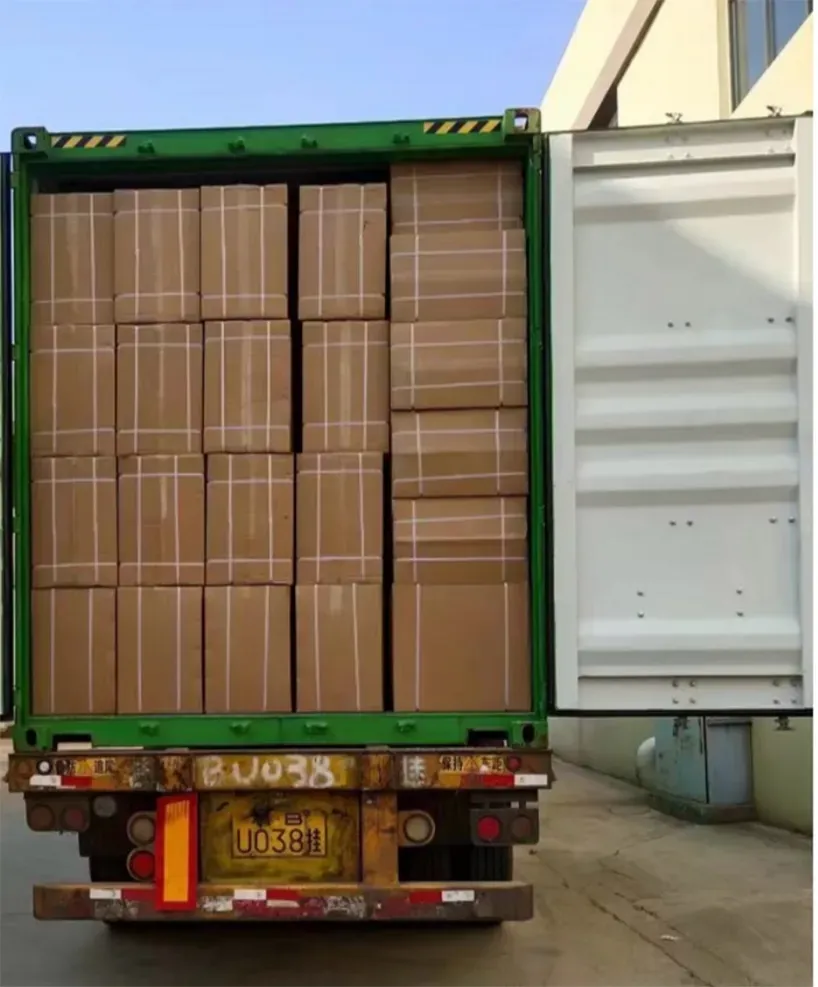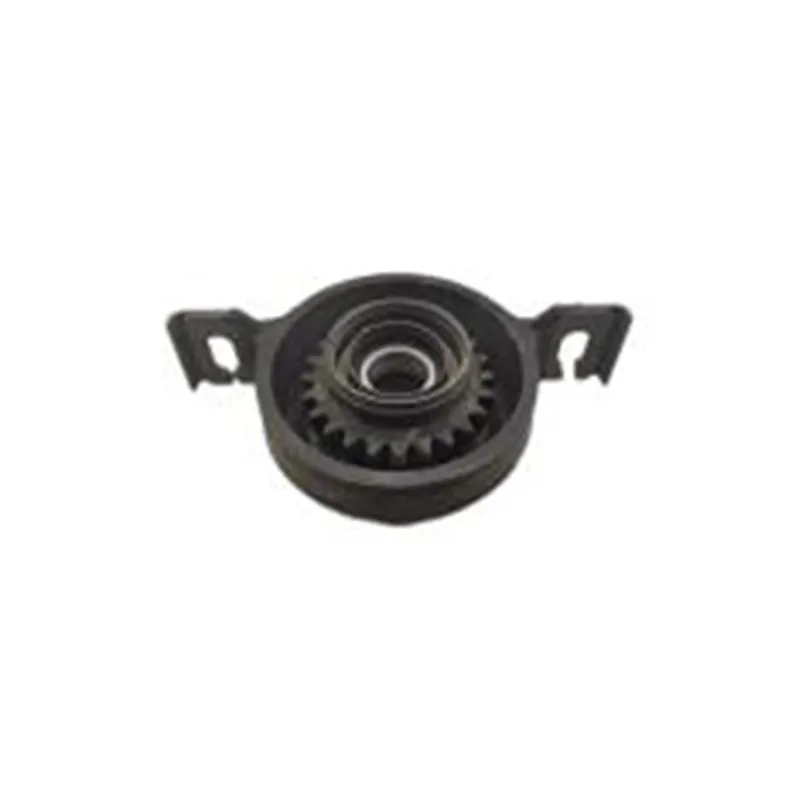
-
 Afrikaans
Afrikaans -
 Albanian
Albanian -
 Amharic
Amharic -
 Arabic
Arabic -
 Armenian
Armenian -
 Azerbaijani
Azerbaijani -
 Basque
Basque -
 Belarusian
Belarusian -
 Bengali
Bengali -
 Bosnian
Bosnian -
 Bulgarian
Bulgarian -
 Catalan
Catalan -
 Cebuano
Cebuano -
 Corsican
Corsican -
 Croatian
Croatian -
 Czech
Czech -
 Danish
Danish -
 Dutch
Dutch -
 English
English -
 Esperanto
Esperanto -
 Estonian
Estonian -
 Finnish
Finnish -
 French
French -
 Frisian
Frisian -
 Galician
Galician -
 Georgian
Georgian -
 German
German -
 Greek
Greek -
 Gujarati
Gujarati -
 Haitian Creole
Haitian Creole -
 hausa
hausa -
 hawaiian
hawaiian -
 Hebrew
Hebrew -
 Hindi
Hindi -
 Miao
Miao -
 Hungarian
Hungarian -
 Icelandic
Icelandic -
 igbo
igbo -
 Indonesian
Indonesian -
 irish
irish -
 Italian
Italian -
 Japanese
Japanese -
 Javanese
Javanese -
 Kannada
Kannada -
 kazakh
kazakh -
 Khmer
Khmer -
 Rwandese
Rwandese -
 Korean
Korean -
 Kurdish
Kurdish -
 Kyrgyz
Kyrgyz -
 Lao
Lao -
 Latin
Latin -
 Latvian
Latvian -
 Lithuanian
Lithuanian -
 Luxembourgish
Luxembourgish -
 Macedonian
Macedonian -
 Malgashi
Malgashi -
 Malay
Malay -
 Malayalam
Malayalam -
 Maltese
Maltese -
 Maori
Maori -
 Marathi
Marathi -
 Mongolian
Mongolian -
 Myanmar
Myanmar -
 Nepali
Nepali -
 Norwegian
Norwegian -
 Norwegian
Norwegian -
 Occitan
Occitan -
 Pashto
Pashto -
 Persian
Persian -
 Polish
Polish -
 Portuguese
Portuguese -
 Punjabi
Punjabi -
 Romanian
Romanian -
 Russian
Russian -
 Samoan
Samoan -
 Scottish Gaelic
Scottish Gaelic -
 Serbian
Serbian -
 Sesotho
Sesotho -
 Shona
Shona -
 Sindhi
Sindhi -
 Sinhala
Sinhala -
 Slovak
Slovak -
 Slovenian
Slovenian -
 Somali
Somali -
 Spanish
Spanish -
 Sundanese
Sundanese -
 Swahili
Swahili -
 Swedish
Swedish -
 Tagalog
Tagalog -
 Tajik
Tajik -
 Tamil
Tamil -
 Tatar
Tatar -
 Telugu
Telugu -
 Thai
Thai -
 Turkish
Turkish -
 Turkmen
Turkmen -
 Ukrainian
Ukrainian -
 Urdu
Urdu -
 Uighur
Uighur -
 Uzbek
Uzbek -
 Vietnamese
Vietnamese -
 Welsh
Welsh -
 Bantu
Bantu -
 Yiddish
Yiddish -
 Yoruba
Yoruba -
 Zulu
Zulu
High-Quality Rear Lower Rearward Control Arm for Enhanced Suspension Performance
- Introduction to rear lower rearward control arm
functionality - Technical advantages and material data insights
- Comparative table: Manufacturers and performance data
- Customization strategies for lower rearward control arms
- Front lower rearward control arm: integration in modern suspension systems
- Application scenarios and industrial case studies
- Conclusion on rear lower rearward control arm choices and future trends

(rear lower rearward control arm)
Understanding Rear Lower Rearward Control Arm Systems
The rear lower rearward control arm is a pivotal component in modern automotive suspension architectures, directly influencing vehicle stability, handling precision, and safety. Designed to connect the car chassis with the rear wheel hub, this arm governs both longitudinal and lateral wheel motion. Its robust construction enables shock absorption during dynamic driving scenarios, maintaining correct wheel alignment while mitigating wear on tires and ancillary components.
Advances in vehicle engineering have elevated the importance of the lower rearward control arm, compensating for higher vehicle weights and performance demands. Recent industry surveys indicate that properly engineered control arms can reduce overall tire wear by up to 13% while enhancing ride comfort. Furthermore, failure rates for control arms are directly tied to both material choice and manufacturing precision. This has driven demand for high-strength alloys and advanced composite materials in the design and production of rearward control arms.
Material Data and Technical Advantages
The technical progression of control arm systems focuses intensely on material science. Modern lower rearward control arm assemblies may utilize aluminum alloys (e.g., 6061-T6, 7075), forged steels, and even carbon-fiber reinforced polymers. Each material brings a unique set of statistics:
- Aluminum Alloy: Density near 2.7 g/cm³; ultimate tensile strengths up to 310 MPa; significant weight reduction potential, translating into 15% better fuel economy (as per 2022 IHS Markit data).
- Forged Steel: Superior toughness and fatigue strength, handling cyclic loads over 2 million cycles at 200 MPa stress amplitudes; used where peak stress management is critical.
- Composites: Carbon-fiber arms exhibit weight savings of up to 40% compared with aluminum, and double the stiffness-to-mass ratio; critical for high-performance and electric vehicles seeking optimal unsprung mass characteristics.
Beyond basic materials, technical features such as sealed ball joints, elastomeric bushings, and anti-corrosion surface treatments provide substantial durability enhancements. According to the 2023 Automotive Suspension Trends report, units equipped with multi-layer corrosion barriers achieve operational life spans exceeding 120,000 miles under average usage.
Manufacturer Comparison: Performance and Durability
When assessing rear lower rearward control arms, choosing the right manufacturer is vital. Below is a comparative analysis, summarizing market-leading suppliers:
| Brand | Material | Weight (kg) | Cycle Life (million cycles) | Corrosion Resistance (hours in salt spray) | Warranty (years) | Notable Feature |
|---|---|---|---|---|---|---|
| MOOG | Forged Steel | 3.9 | 2.5 | 720 | 3 | Sealed Dust Boots |
| Dorman | Steel | 4.1 | 1.8 | 480 | 2 | Pre-greased Joints |
| Lemförder | Aluminum Alloy | 2.6 | 2.1 | 850 | 4 | OEM Fit for Euro Cars |
| TRW | Aluminum Composite | 2.3 | 2.6 | 600 | 3 | Lightweight Design |
| KSP Performance | Aluminum | 2.5 | 2.8 | 980 | 5 | Custom Fit Options |
The comparison highlights clear differences in material strategies, warranty confidence, and technological innovation—critical factors when specifying rearward control arms for performance, durability, or specific model applications.
Tailored Solutions: Custom Lower Rearward Control Arm Specifications
While OEM replacements dominate the repair aftermarket, there is rising demand for custom and performance-oriented lower rearward control arm solutions. Enthusiasts and professionals seek arms with geometry tailored for unique suspension setups, motorsport applications, and extreme environments.
Custom control arms may offer extended or shortened lengths, repositioned bushing mounts, or oversized ball joints—affecting everything from wheel camber to ride height and cornering stiffness. Modern CNC manufacturing now allows precision tolerances down to 0.01 mm for fully tailored arms.
For electric vehicles and off-road platforms, specialists integrate features like modular mounts for adjustable trailing arms or multi-material hybrid constructions for optimal weight and impact absorption. According to the SEMA 2023 Customization Report, the custom suspension parts segment is projected to grow by 6.7% annually through 2028, driven primarily by demand for such highly configurable components.
Front Lower Rearward Control Arm: Integration and Role
The front lower rearward control arm plays an equally crucial role in dynamic suspension assemblies, particularly where double wishbone or multi-link systems are used. Advanced designs minimize compliance under steering loads, contributing to precise steering feedback and improved lateral acceleration capability.
Notably, recent studies by the International Journal of Automotive Engineering reported that modern front control arm architectures can reduce front-end dive during hard braking by up to 21%. The integration of elastomeric isolation mounts in both front and rearward arms yields a reduction in cabin vibration transmissibility, measured at more than 28% compared to legacy stamped-steel parts.
In premium vehicle platforms, the trend towards lightweight front lower rearward arms continues, with some models featuring full carbon-fiber assemblies weighing less than 1.6 kg each—delivering substantial unsprung mass reductions for sharper handling.
Application Scenarios and Industry Case Studies
Versatile in use, the lower rearward control arm’s implementation varies widely based on vehicle type and operational demands:
- Passenger Cars: Focus on minimising noise, vibration, and harshness (NVH) while enabling responsive handling. For example, in the Mercedes-Benz E-Class, the multi-link rear uses aluminum-alloy control arms to blend comfort with dynamic stability.
- Off-road Vehicles: Reinforced steel constructions resist impacts and torsional loads. The Jeep Wrangler employs high-strength steel arms with polyurethane bushings, delivering significant articulation for rough terrains.
- Motorsport: Formula racing cars leverage custom carbon composite control arms, achieving both minimum weight and maximum stiffness, facilitating rapid chassis dynamics response and fine-tuning of suspension geometry.
- Electric Vehicles: Models like the Tesla Model S utilize lightweight arms to compensate for battery mass, reported to reduce rear unsprung weight by over 26% and thus extend real-world range by as much as 4%.
In a North American fleet trial (2023), vehicles upgraded with high-performance aftermarket rear lower rearward arms demonstrated a 12% reduction in annual maintenance costs and a measurable decrease in failure-related downtime, validating both engineering advancements and quality aftermarket alternatives.
Conclusion: Rear Lower Rearward Control Arm Innovations and Market Outlook
The evolution of the rear lower rearward control arm underscores its importance in achieving next-generation vehicle performance, safety, and customization. Data trends reveal continuous material innovation, with market players leveraging proprietary alloys, composites, and smart manufacturing techniques to deliver stronger yet lighter arms. Manufacturer differentiation—from warranty coverage to specific design features—remains a decisive factor for engineers and end users alike.
As automotive architectures increasingly shift towards electrified, lightweight, and high-performance paradigms, the demands for adaptive, reliable, and application-specific control arms will only intensify. The future promises further integration of sensor-ready joints, predictive maintenance capabilities, and eco-friendly production methods—cementing the control arm’s role as a linchpin of modern automotive engineering and mobility.

(rear lower rearward control arm)
FAQS on rear lower rearward control arm
Q: What is a rear lower rearward control arm?
A: A rear lower rearward control arm is a suspension component located at the rear of a vehicle. It connects the chassis to the wheel hub assembly, helping control wheel movement. This part improves vehicle stability and handling.Q: How does a lower rearward control arm differ from a forward control arm?
A: The lower rearward control arm is positioned behind the wheel hub, while the forward control arm sits in front. Both help manage the wheel's motion but are mounted at different locations for balance and stability. Together, they ensure smooth suspension operation.Q: What are the common signs of a failing rear lower rearward control arm?
A: Common signs include clunking noises, uneven tire wear, and poor handling. You might also notice vibration or misalignment during driving. Prompt inspection by a mechanic is recommended if these symptoms appear.Q: Can I replace the rear lower rearward control arm myself?
A: While it is possible for experienced DIYers, replacing a rear lower rearward control arm can be complex. It often requires special tools and knowledge of suspension systems. If unsure, professional installation is advised for safety.Q: Is a front lower rearward control arm the same as a rear lower rearward control arm?
A: No, a front lower rearward control arm is located at the front suspension, while the rear lower rearward control arm is at the rear. Both serve similar functions, but are specific to their respective axles. Always check your vehicle manual for the correct part.-

 English
English
 Afrikaans
Afrikaans
 Albanian
Albanian
 Amharic
Amharic
 Arabic
Arabic
 Armenian
Armenian
 Azerbaijani
Azerbaijani
 Basque
Basque
 Belarusian
Belarusian
 Bengali
Bengali
 Bosnian
Bosnian
 Bulgarian
Bulgarian
 Catalan
Catalan
 Cebuano
Cebuano
 Corsican
Corsican
 Croatian
Croatian
 Czech
Czech
 Danish
Danish
 Dutch
Dutch
 Esperanto
Esperanto
 Estonian
Estonian
 Finnish
Finnish
 French
French
 Frisian
Frisian
 Galician
Galician
 Georgian
Georgian
 German
German
 Greek
Greek
 Gujarati
Gujarati
 Haitian Creole
Haitian Creole
 Hausa
Hausa
 Hawaiian
Hawaiian
 Hebrew
Hebrew
 Hindi
Hindi
 Miao
Miao
 Hungarian
Hungarian
 Icelandic
Icelandic
 Igbo
Igbo
 Indonesian
Indonesian
 Irish
Irish
 Italian
Italian
 Japanese
Japanese
 Javanese
Javanese
 Kannada
Kannada
 Kazakh
Kazakh
 Khmer
Khmer
 Rwandese
Rwandese
 Korean
Korean
 Kurdish
Kurdish
 Kyrgyz
Kyrgyz
 Lao
Lao
 Latvian
Latvian
 Lithuanian
Lithuanian
 Luxembourgish
Luxembourgish
 Macedonian
Macedonian
 Malgashi
Malgashi
 Malay
Malay
 Malayalam
Malayalam
 Maltese
Maltese
 Maori
Maori
 Marathi
Marathi
 Mongolian
Mongolian
 Myanmar
Myanmar
 Nepali
Nepali
 Norwegian
Norwegian
 Norwegian
Norwegian
 Occitan
Occitan
 Pashto
Pashto
 Persian
Persian
 Polish
Polish
 Portuguese
Portuguese
 Punjabi
Punjabi
 Romanian
Romanian
 Russian
Russian
 Samoan
Samoan
 Scottish Gaelic
Scottish Gaelic
 Serbian
Serbian
 Sesotho
Sesotho
 Shona
Shona
 Sindhi
Sindhi
 Sinhala
Sinhala
 Slovak
Slovak
 Slovenian
Slovenian
 Somali
Somali
 Spanish
Spanish
 Sundanese
Sundanese
 Swahili
Swahili
 Swedish
Swedish
 Tagalog
Tagalog
 Tajik
Tajik
 Tamil
Tamil
 Tatar
Tatar
 Telugu
Telugu
 Thai
Thai
 Turkish
Turkish
 Turkmen
Turkmen
 Ukrainian
Ukrainian
 Urdu
Urdu
 Uighur
Uighur
 Uzbek
Uzbek
 Vietnamese
Vietnamese
 Welsh
Welsh
 Bantu
Bantu
 Yiddish
Yiddish
 Yoruba
Yoruba
 Zulu
Zulu
 Latin
Latin






